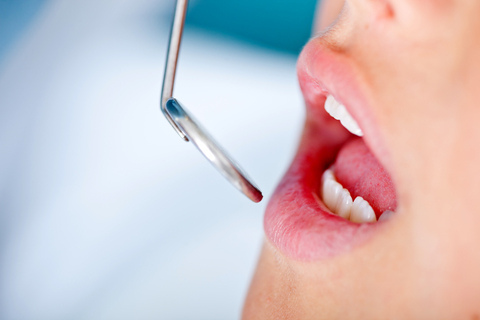What is a pediatric dentist?
November 15th, 2016

Our team at Cataraqui Dental Centre hears this question a lot. According to our friends at the Canadian Dental Association, "Pediatric dentistry is a branch of dentistry concerned with providing primary and comprehensive preventive and therapeutic oral health diagnosis, care, and consultative expertise for infants and children through adolescence, including those of all ages with special care needs.”
Drs. Tom Holmes, Gordon Lansdown, Karen Nesbitt, Nick Cosman, Chuck Burgess, Brett Empringham, and Patrick McDonough, are dedicated to the oral health of our young patients from infancy through their teen years. Our team at Cataraqui Dental Centre has the experience and knowledge to care for your child’s teeth, gums, and mouth throughout his or her various stages of childhood.
At Cataraqui Dental Centre, we know children are not born with a fear of the dentist, but they can fear the unknown. And that is why Drs. Tom Holmes, Gordon Lansdown, Karen Nesbitt, Nick Cosman, Chuck Burgess, Brett Empringham, and Patrick McDonough and our team know how to examine and treat children in ways that make them relaxed and comfortable.
To learn more about what our office can offer for your child's dental health, or to schedule your child's next visit at our Kingston, ON office, please give us a call today!





